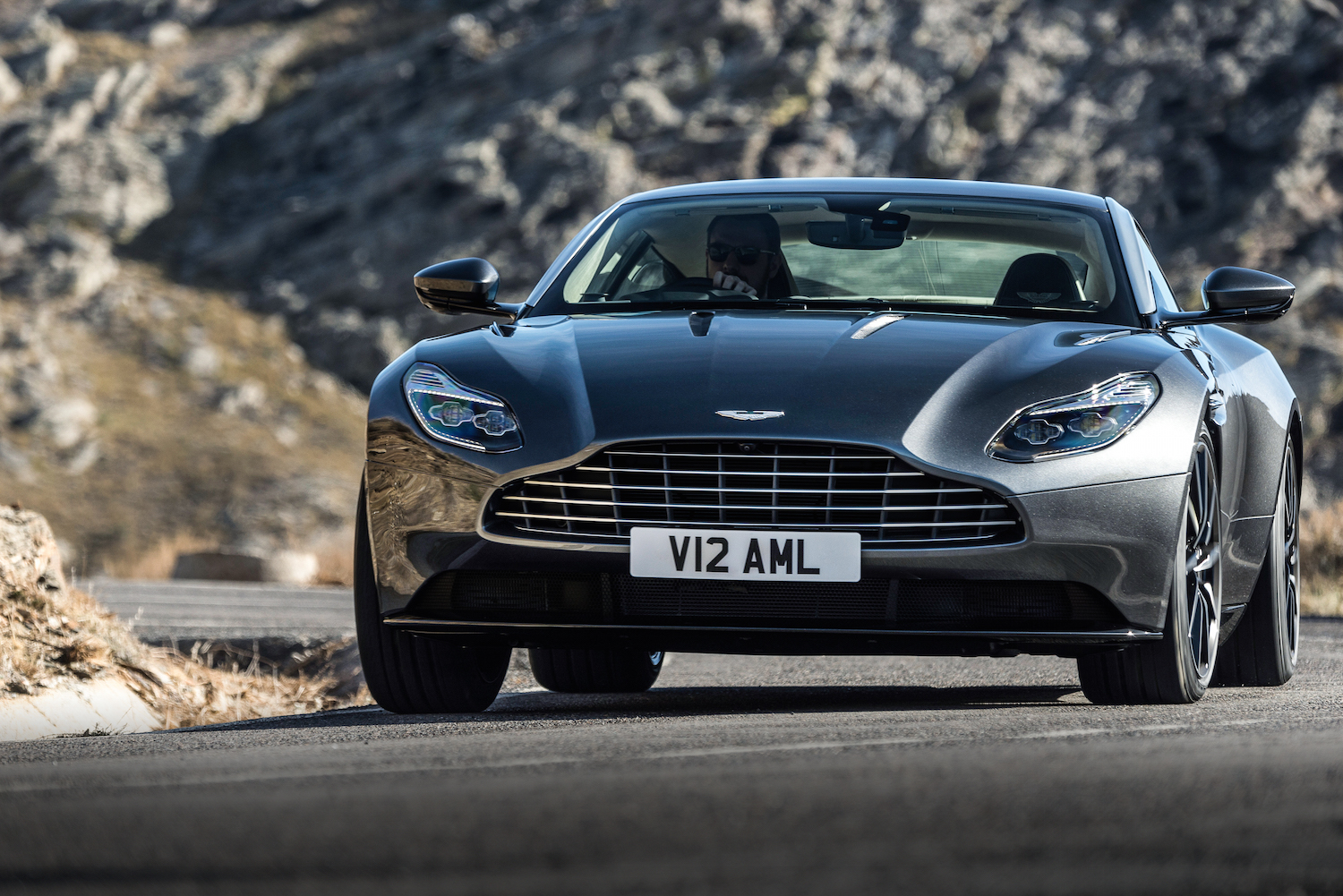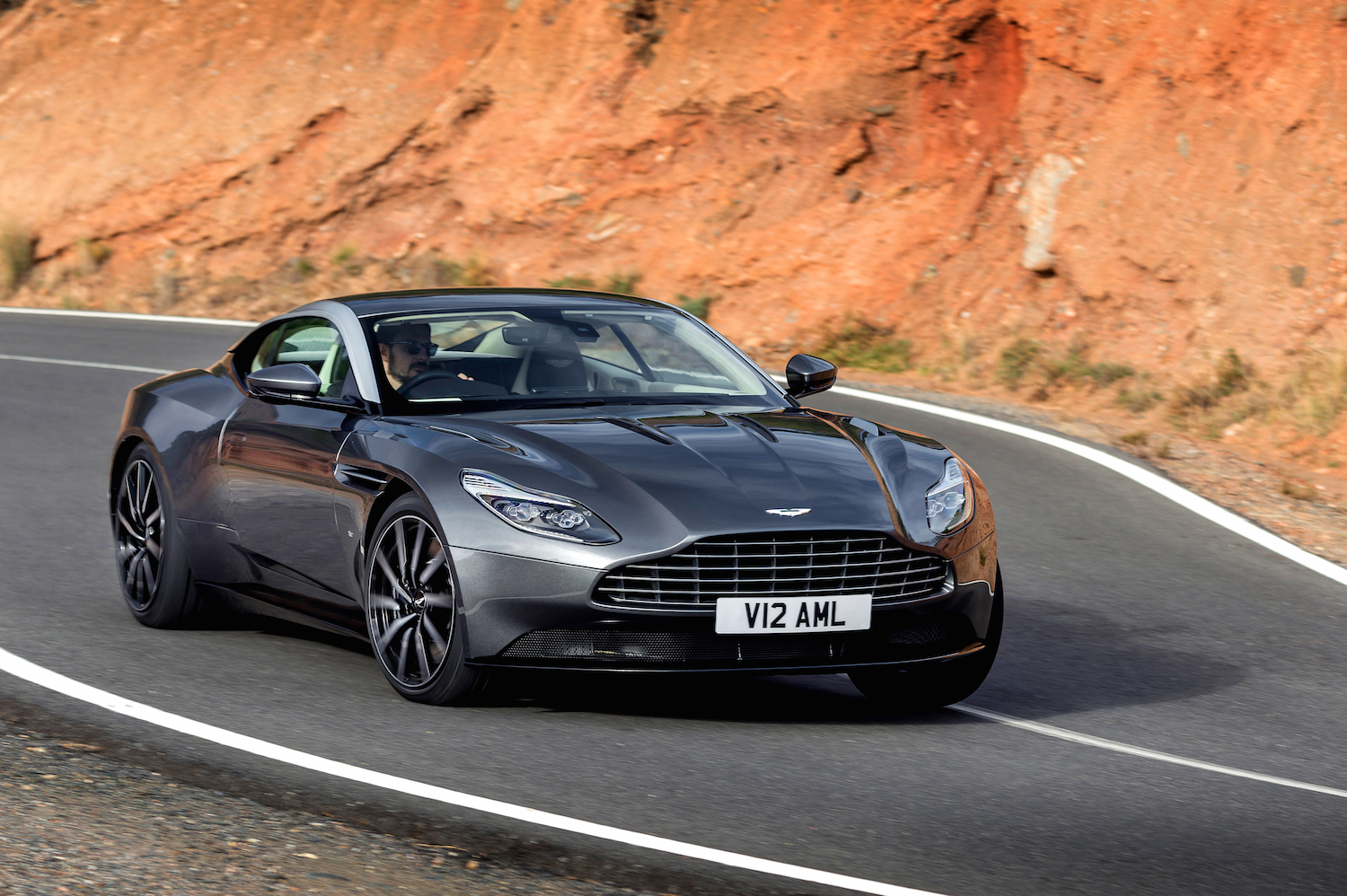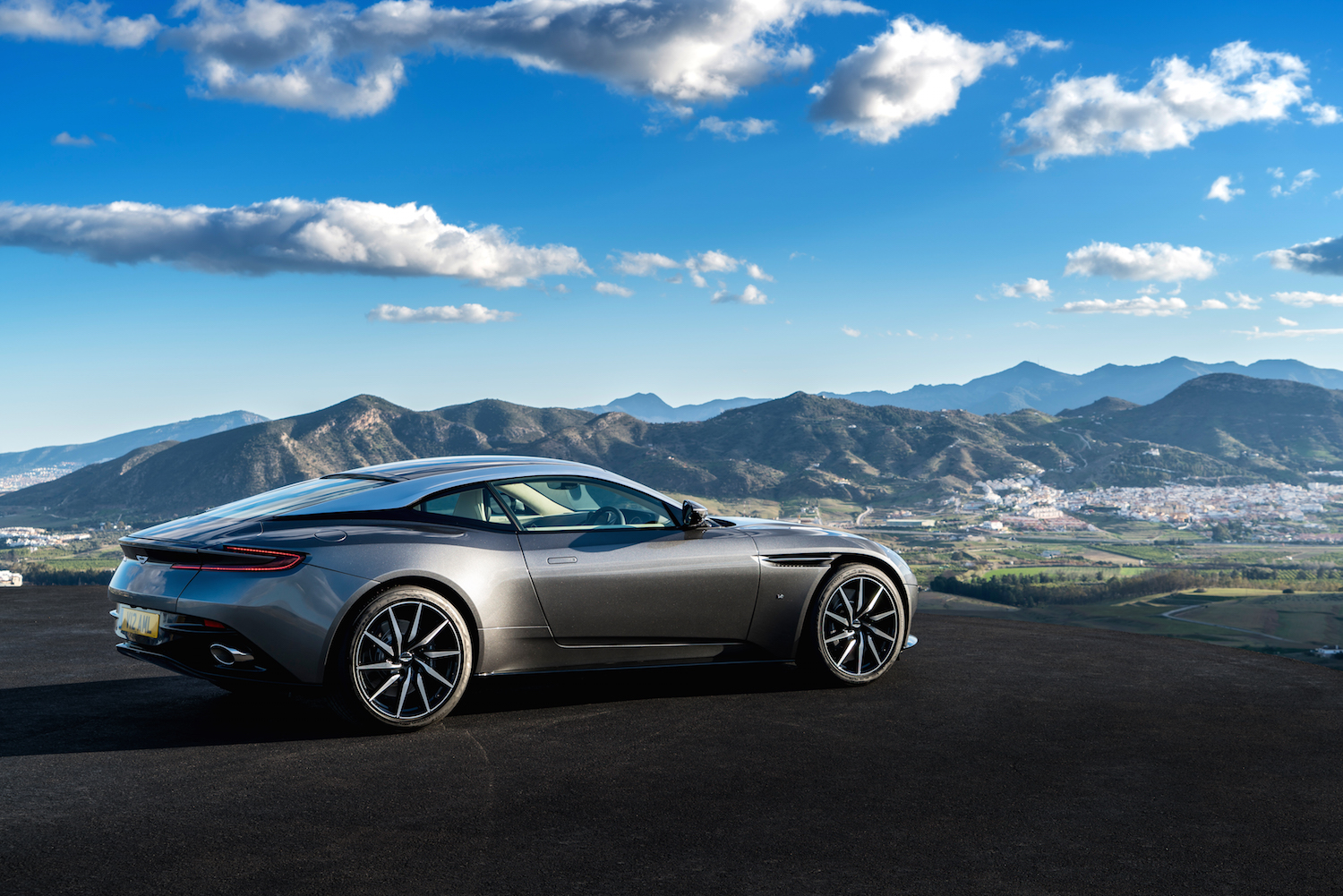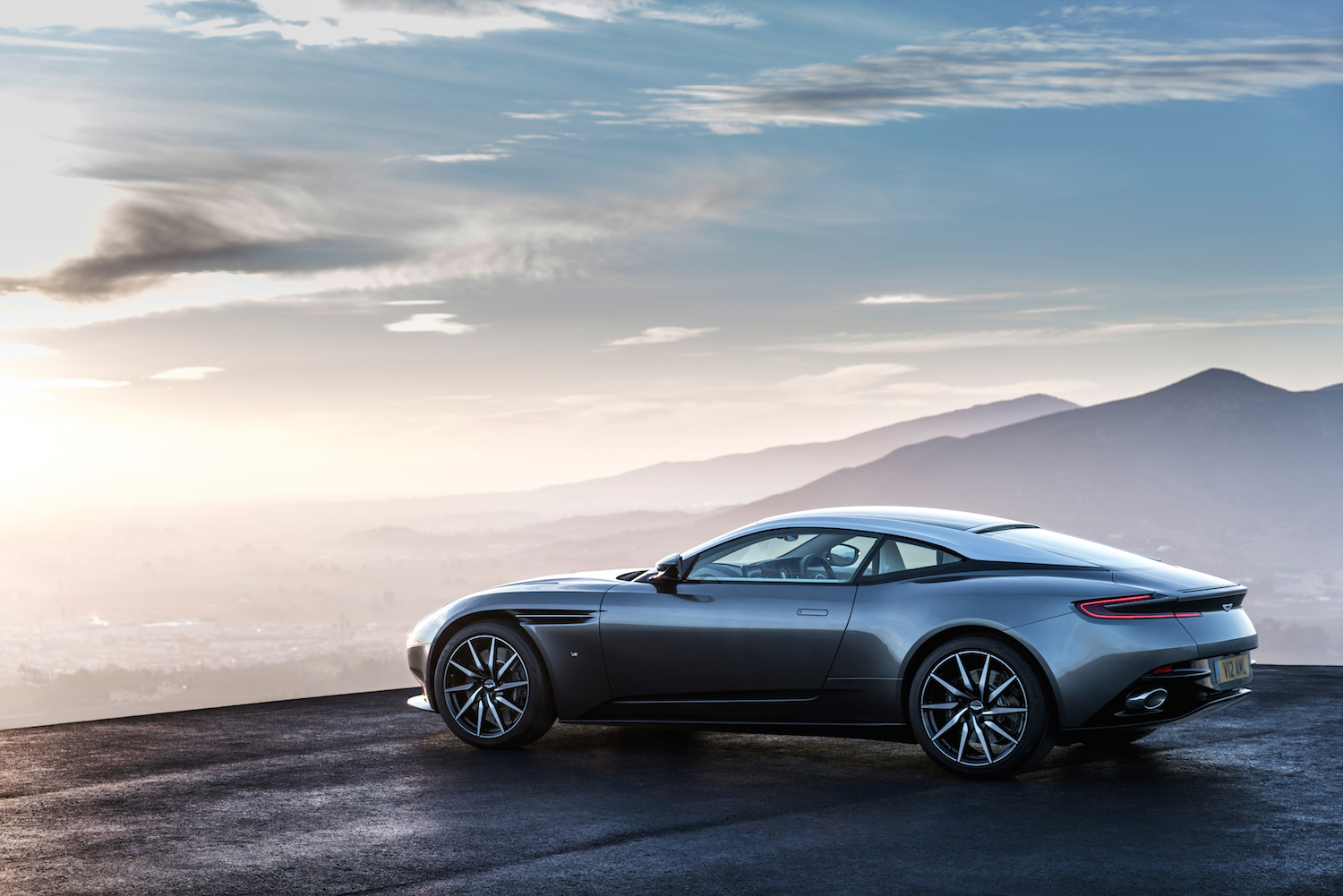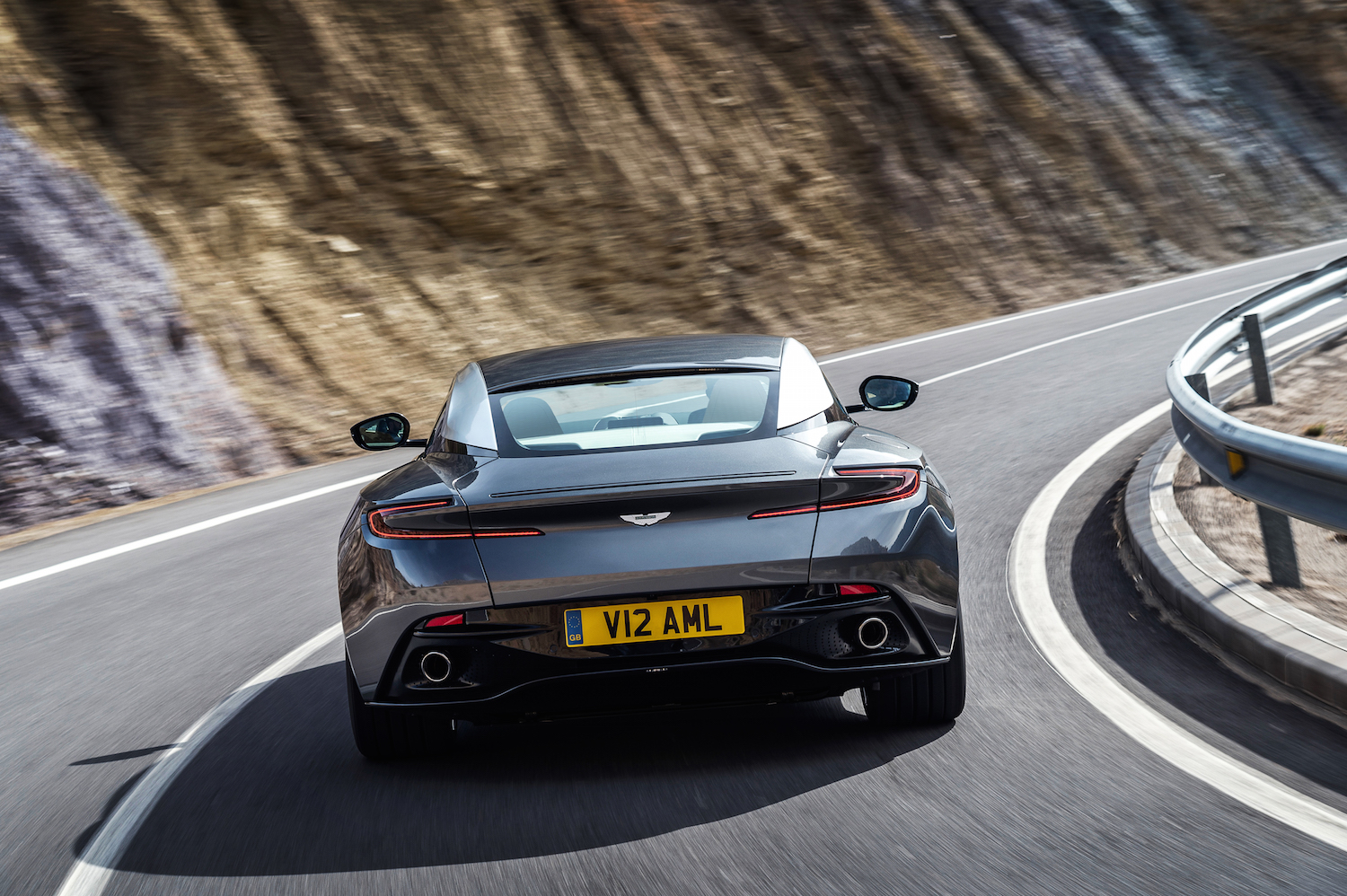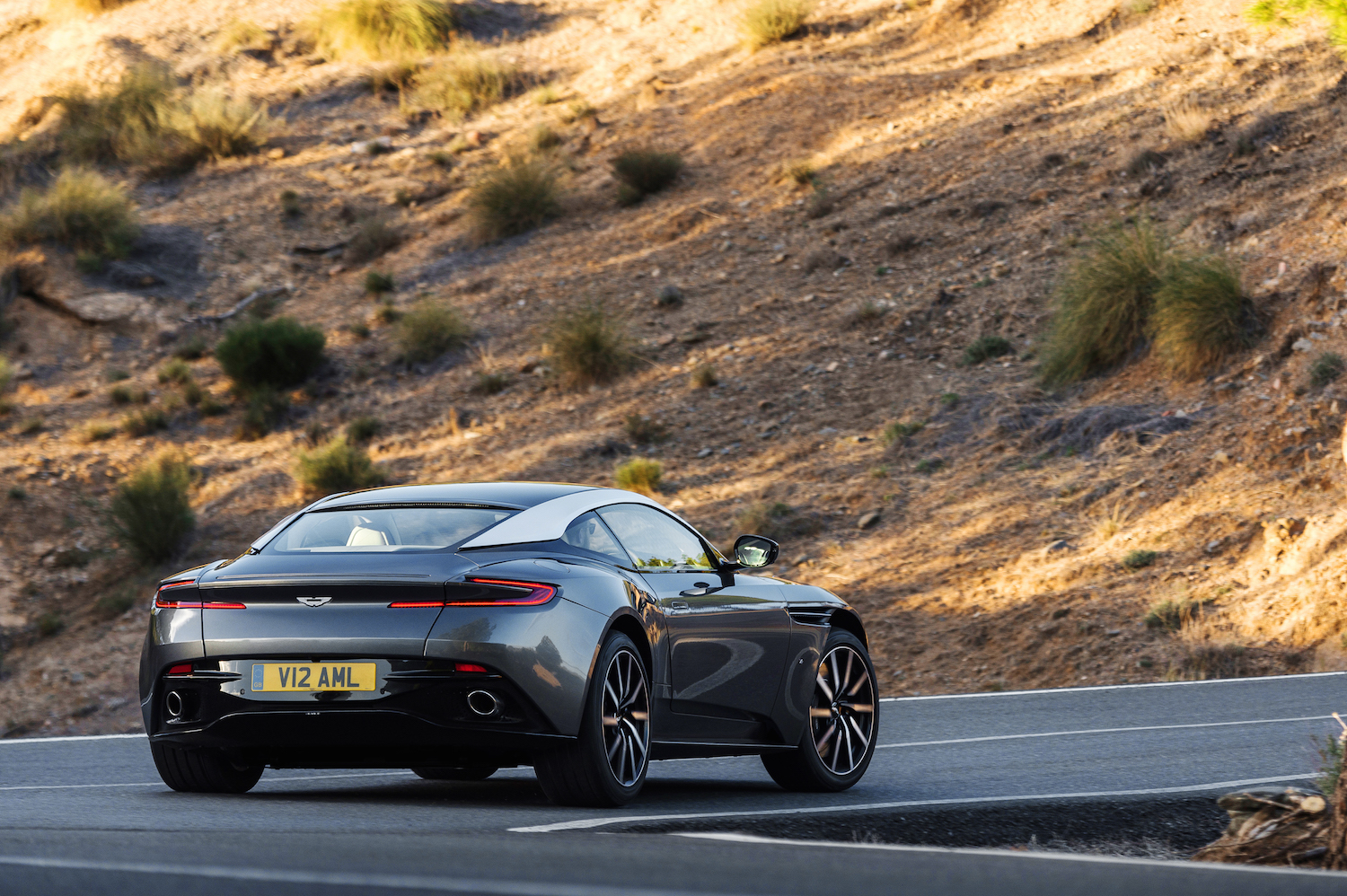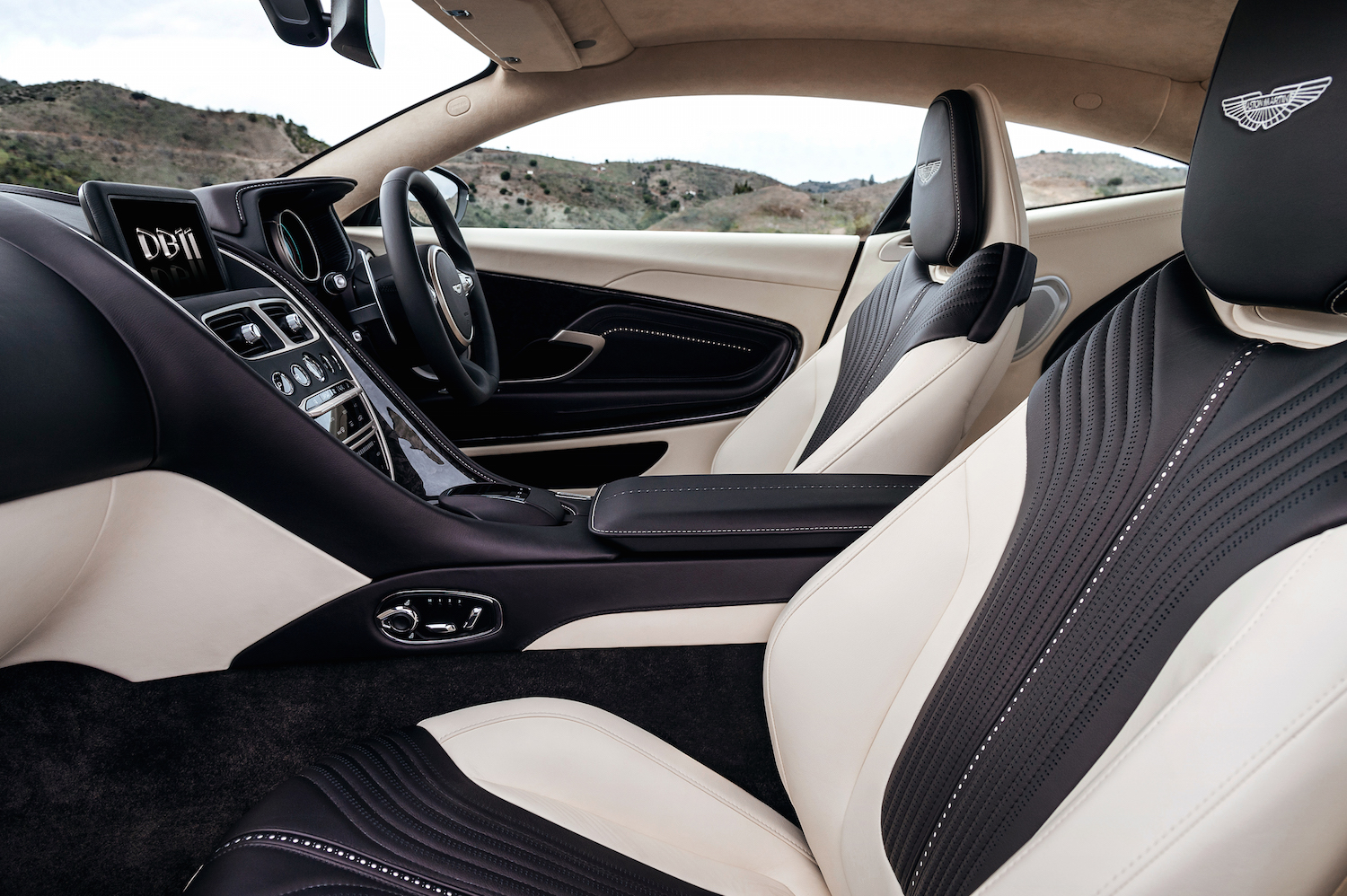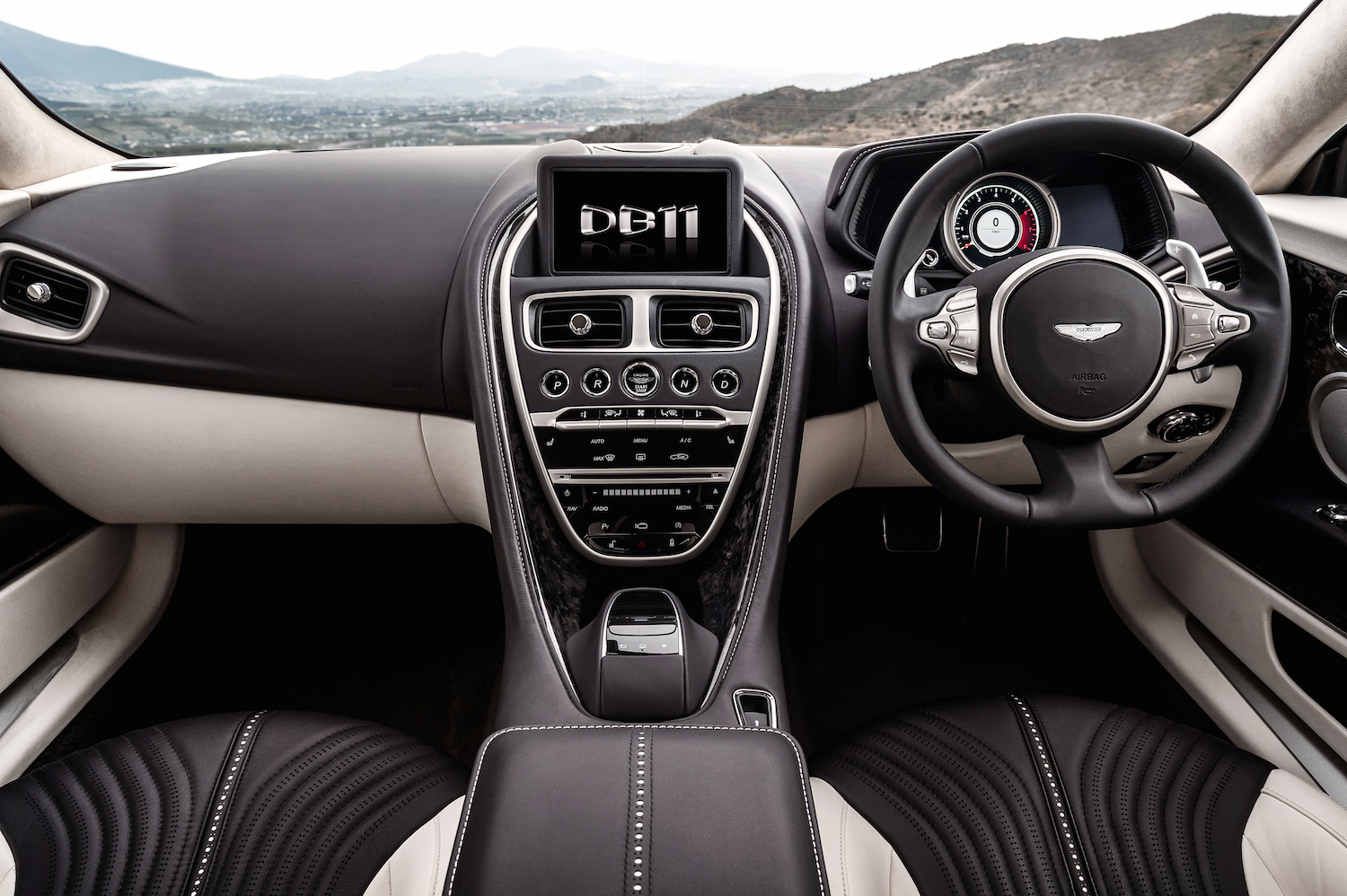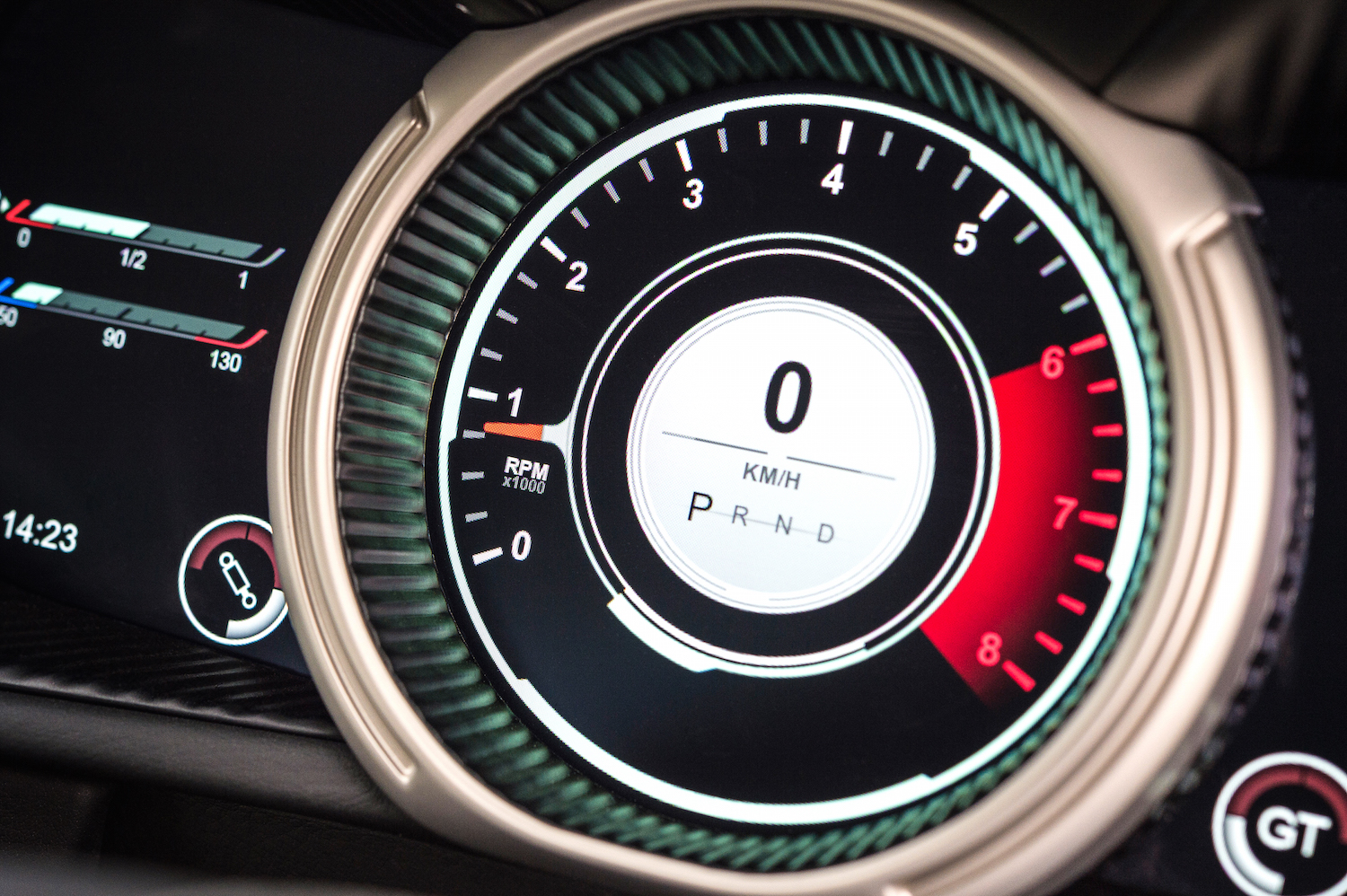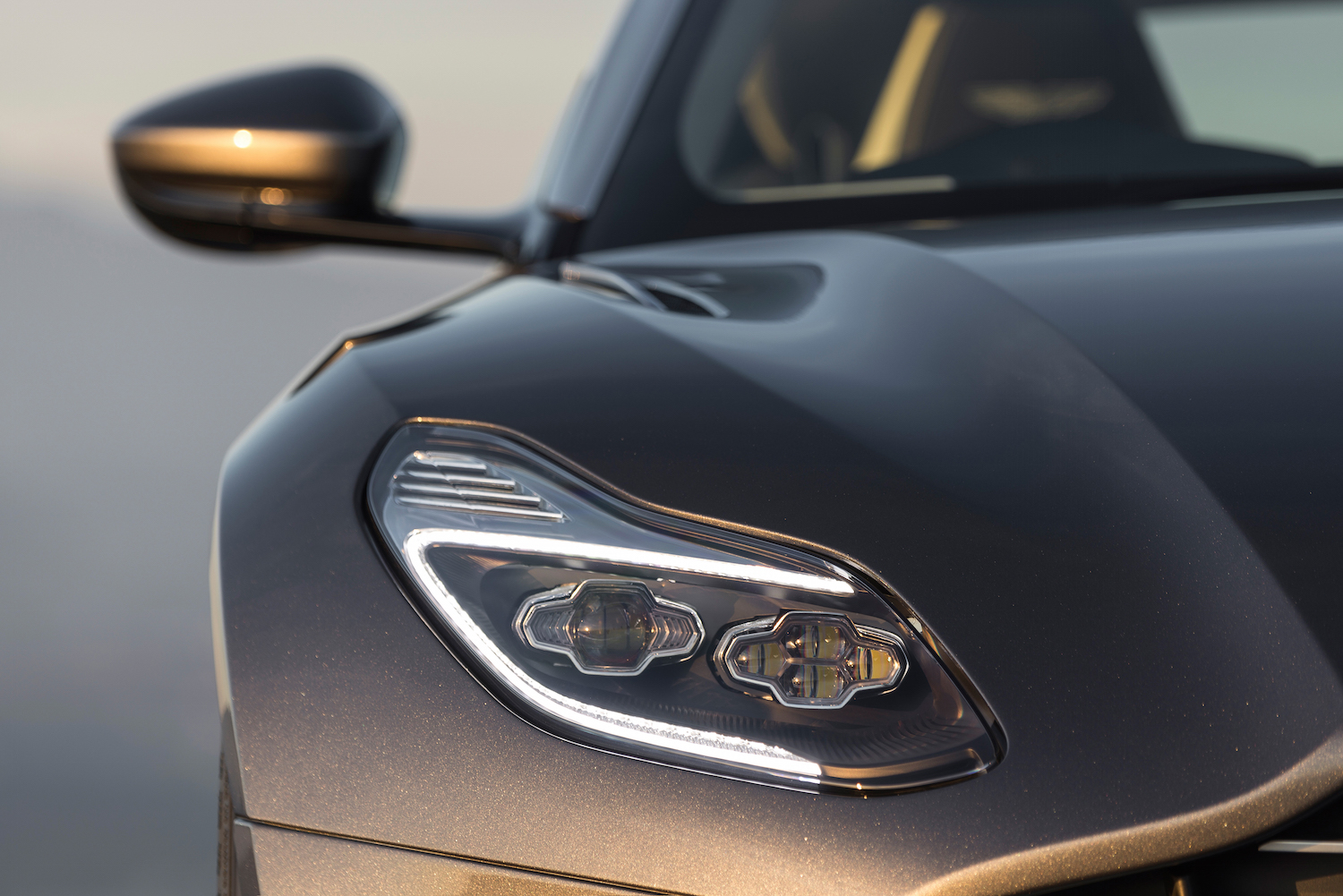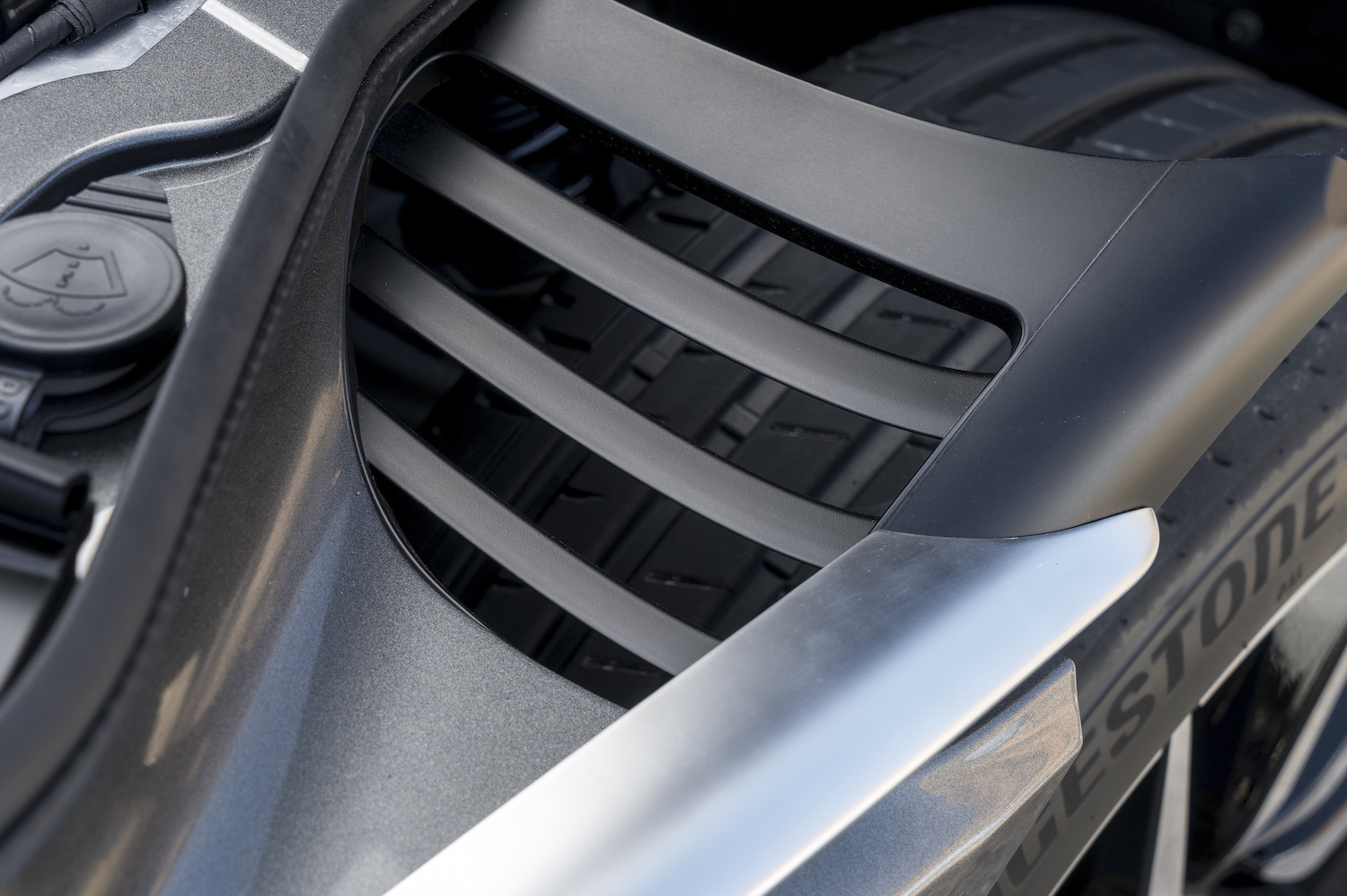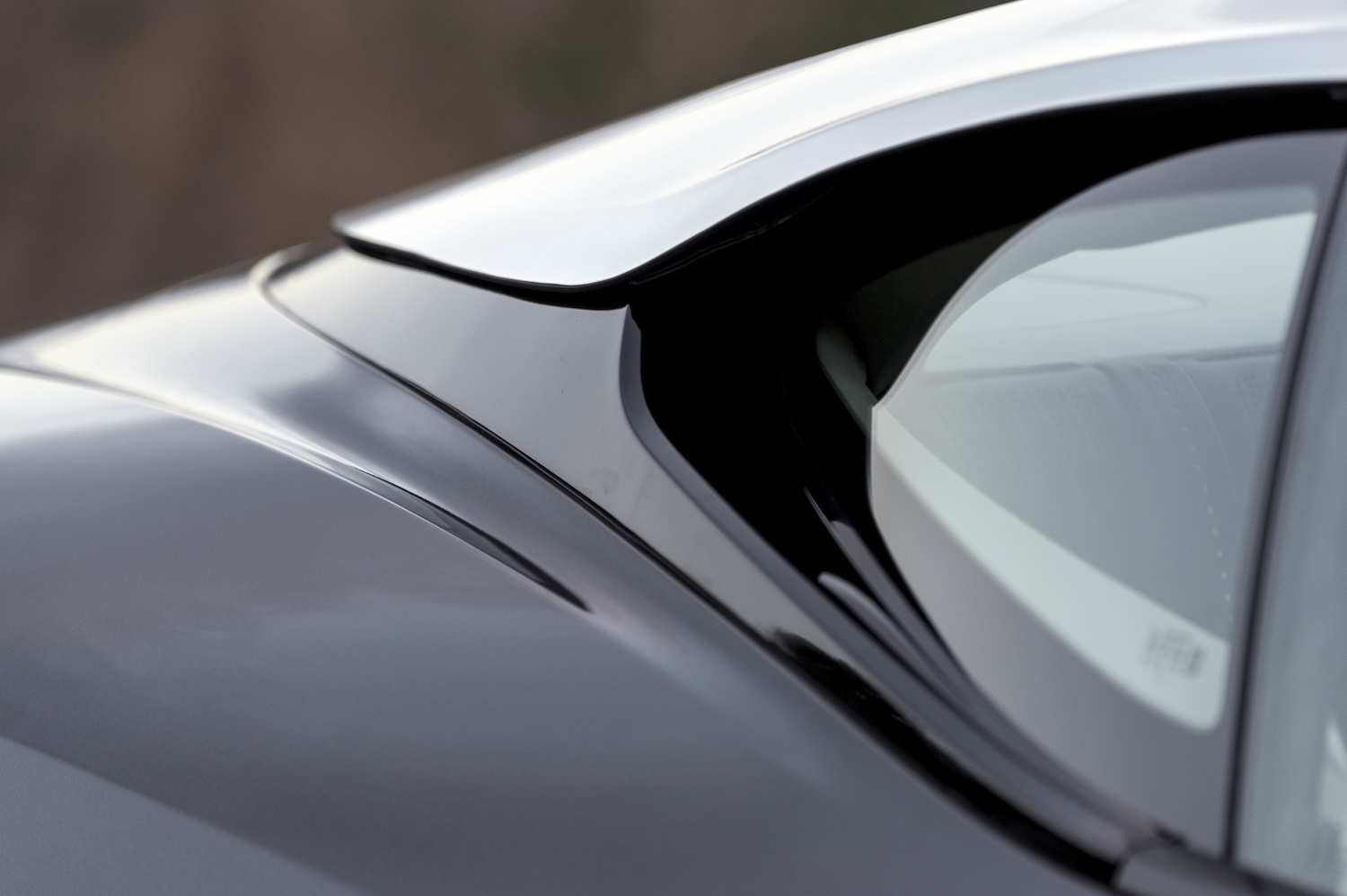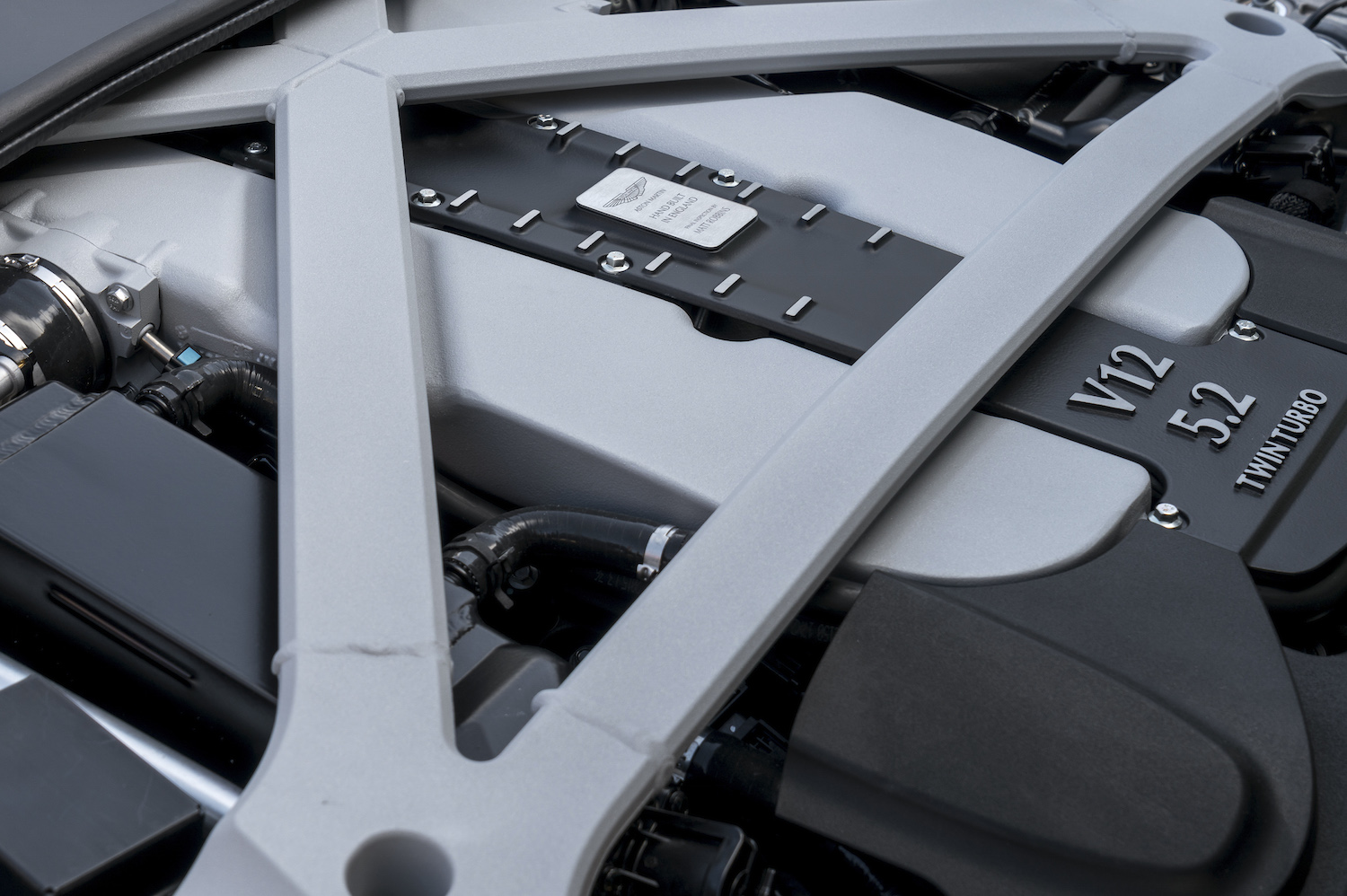It’s not every day that the heart and soul of an automaker is reborn, but that moment is here for Aston Martin. Its DB9 sports car has become an icon over the past thirteen years, and it’s finally time for a fresh flagship.
The DB11 makes its debut at the Geneva Motor Show with an all-new design, inside and out, and loads of new technology. At the heart of the sports car is a newly developed 5.2-liter V12 engine paired with twin turbochargers for a total of 600 horsepower and 516 pound-feet of torque.
Built on a lighter, stronger, bonded aluminium architecture, the DB11 pioneers the brand’s “second century plan,” which will later include new Vanquish and Vantage designs.
“We aspire to make the most beautiful cars in the world,” said Aston Martin’s chief executive officer, Dr. Andy Palmer. “DB11 is the absolute embodiment of what an Aston Martin should be and we have worked tirelessly to ensure that DB11 combines both exceptional design with the latest technology throughout.”
The exterior design artfully blends the DB10’s sharp looks with classic DB lines for a bold but instantly recognizable shape. Standout features include a front-hinging clamshell hood, LED headlights, and riveted grille. The car’s silhouette features a floating roofline and, at the rear, a deck lid that melts into slender taillights and a double-decker rear fascia.
Central to the new design is the use of innovative aerodynamics to control airflow over and through the DB11’s bodywork. The nose is kept low at speed thanks to the release of high-pressure air from inside the wheel arch via a concealed wheel vent. Working in tandem at the rear, Aston Martin’s spoiler is fed by air intakes at the base of each C-pillar, much like Ford’s new GT supercar. The air is channeled through the pillars, within the bodywork, and out over the spoiler.
Thanks to Aston Martin’s all-new V12, developed in-house, the DB11 rockets to 60 mph in 3.9 seconds and tops out at 200 mph. As the quickest and most powerful production DB model yet, the DB11 needs equally good suspension and braking components. Aston Martin has introduced multiple drive modes to the DB11, including GT, Sport, and Sport Plus to sharpen engine response, stiffen the suspension, and hasten shifts from the car’s eight-speed automatic ZF transmission. Other tech innovations include brake-actuated torque vectoring and a new electric power steering system.
It’s no secret that Aston Martin’s interiors have begun to feel a bit dated, so the complete overhaul of the DB11’s cabin is welcome news. Mercedes-Benz has supplied a 12.0-inch driver display paired with an 8.0-inch infotainment system and touchpad controller. The system includes a 360-degree camera and auto-park assist function.
The rest of the cabin benefits from greater space, especially in terms of head and legroom. The seats are of a unique design and feature Nexus quilting, Celestial perforation, and brogue detailing of the leather surfaces.
“This is not only the most important car that Aston Martin has launched in recent history, but also in its 103-year existence,” said Palmer. “The DB11 rightfully places Aston Martin once again as a leading brand in the luxury automotive market.”
Prices will start from $211,995 when the DB11 goes on sale late this year.

